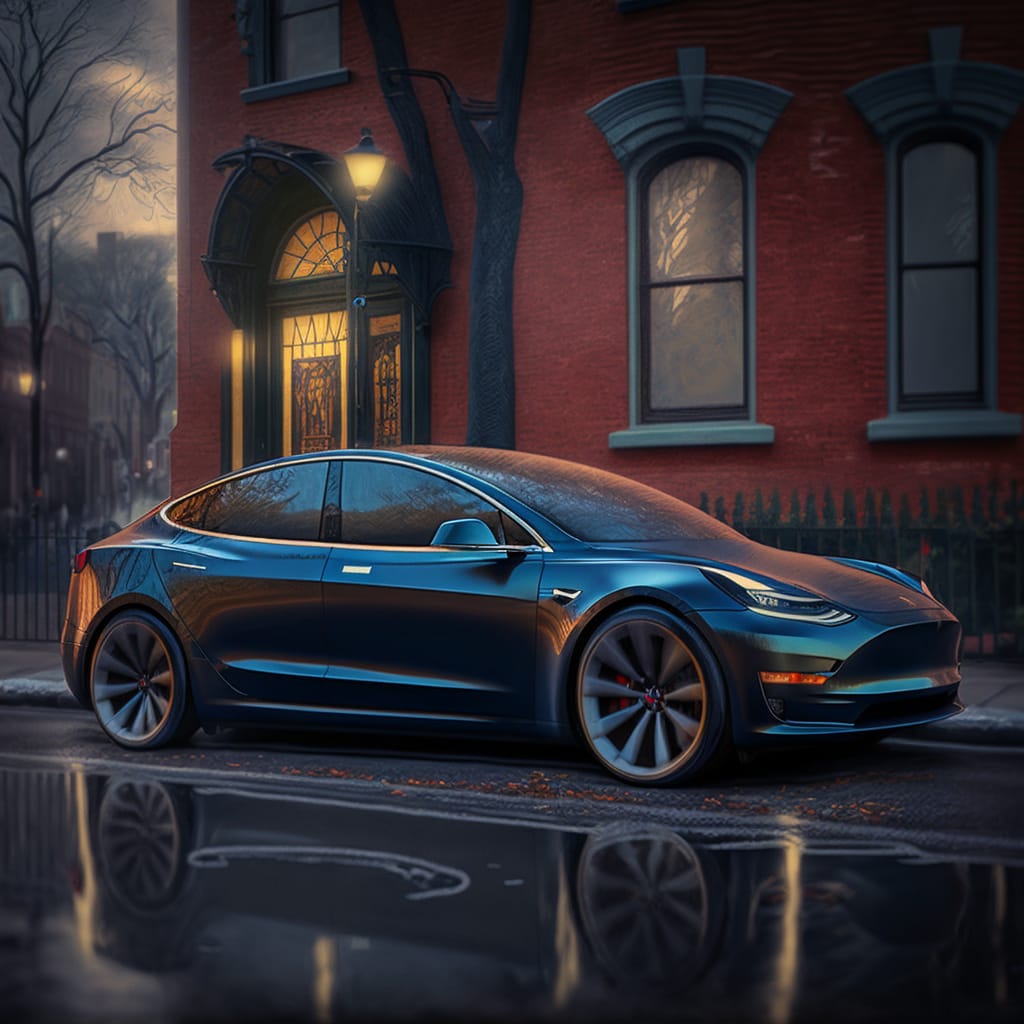Introduction
Hydrogen fuel cells have been around for more than 150 years, but it wasn’t until recently that they started to gain widespread attention as a potential source of clean energy. Fuel cells are devices that convert the chemical energy from a fuel into electricity through a chemical reaction. Unlike traditional batteries, fuel cells do not run out of energy and can continue to produce electricity as long as they have a supply of fuel.
The first hydrogen fuel cell was developed in 1839 by a Welsh scientist named William Grove. Grove’s fuel cell consisted of two electrodes (one positive and one negative) separated by an electrolyte. When hydrogen gas was supplied to the negative electrode and oxygen gas was supplied to the positive electrode, the two gases reacted to produce electricity and water.
Present status
Today, hydrogen fuel cells are used in a variety of applications, including powering vehicles, generating electricity for buildings, and even providing backup power for cell phone towers. One of the most promising uses for hydrogen fuel cells is in vehicles, where they can be used to power electric motors without producing any emissions.
Two main ways electric vehicles can use hydrogen fuel cells
- The first is to use the electricity generated by the fuel cell to power an electric motor, just like a traditional electric vehicle (EV).
- The second is to use the hydrogen gas produced by the fuel cell to power an internal combustion engine, just like a traditional gasoline-powered car.
In both cases, the fuel cell acts as the source of energy, converting the chemical energy from the hydrogen gas into electricity. This electricity is then used to power the vehicle’s motor, either directly or by charging a battery that powers the motor.
One of the biggest advantages of using hydrogen fuel cells in vehicles is that they produce zero emissions. Unlike gasoline-powered cars, which release carbon dioxide and other harmful pollutants into the air, hydrogen fuel cell vehicles produce only water vapor as a byproduct. This makes them a clean, environmentally-friendly option for those looking to reduce their carbon footprint.
Vehicles Using Hydrogen Fuel Cell Technology
- Toyota Mirai
- Honda Clarity Fuel Cell
- Hyundai Nexo
- Nikola One
- Riversimple Rasa
- Audi e-tron Sportback
- Hyundai Tucson FCEV
Where else can we use Hydrogen Fuel Cell?
In addition to powering vehicles, hydrogen fuel cells have a number of other important uses. Some of the most notable include:
Generating electricity for buildings
Hydrogen fuel cells can be used to generate electricity for buildings, providing a clean and reliable source of power.
Backup power for cell phone towers
Fuel cells can be used to provide backup power for cell phone towers, ensuring that they remain operational even during power outages.
Uninterruptible power supply (UPS) systems
Fuel cells can be used in UPS systems, which provide emergency power to critical systems in the event of a power outage.
Portable power
Fuel cells can be used to provide portable power for a variety of applications, such as powering tools or outdoor equipment.
Spacecraft
Fuel cells have been used to power spacecraft, providing a reliable source of energy for long-duration missions.
Conclusion
Hydrogen fuel cells have come a long way since their invention more than 150 years ago. Today, they are used in a variety of applications, including powering vehicles, generating electricity, and providing backup power. Hydrogen fuel cells have a wide range of important uses, making them a valuable technology for both commercial and industrial applications. With their ability to produce clean, emissions-free energy, hydrogen fuel cells are a promising technology for the future.
Tell us more in the comments below what do you think about the hydrogen fuel cell technology?
